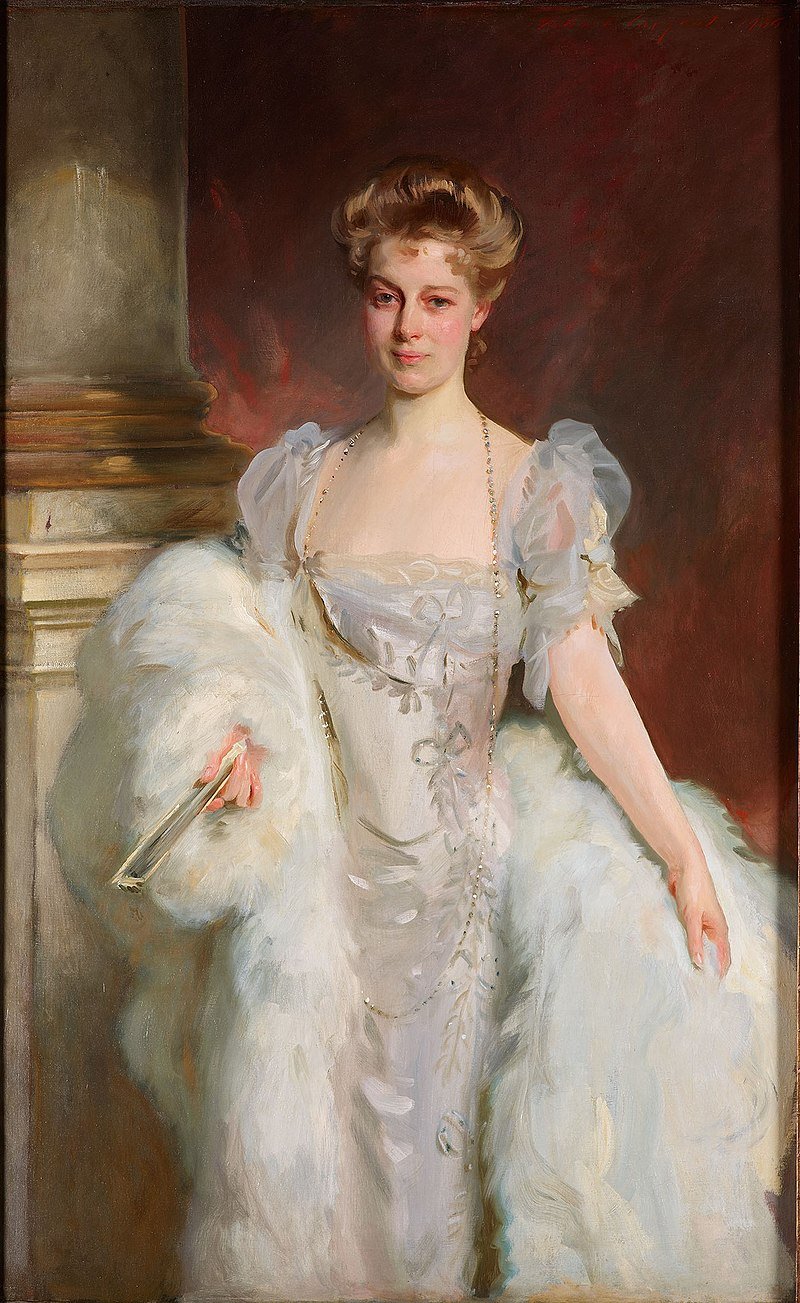Catching Up!
What a busy, busy month April was. You wouldn’t believe how much effort it takes to costume a theatrical production with a sizeable cast … or maybe you would, and that puts you ahead of me at the beginning of April.
But that is over, and my time is generally mine again, outside of my actual job! Which means more time for writing. (And embroidering, and cooking, and …)
While I was in the UK, I heard about a new writing event called Novella Spring Garden. This is sort of like NaNoWriMo in that participants write a story over a certain period of time; this lasts from the spring equinox to the summer solstice, and the total number of words to aim for is 30,000, which works out to an average of 330 words per day. Sounds very reasonable, right? Surely, I thought, I could get that in and finish up Grand and Glorious, which was already post-20k and was likely to only go to 30k itself.
Well, I think you already know how that’s gone! Grand and Glorious is barely closer to completion. However, Arrow Collar Man is at over 21,000 words, which is only slightly behind where I ought to be for right now, so — positive result in total, I think.
I don’t like pausing a project to start another one. In general, it’s a great way to lose momentum and never finish something; it also makes you sound like you can’t cope with how difficult it is to write a whole book, if you admit that you’ve done it. But I thought that the pause would be worth it to join the #NoSG community and get another novella out of it.
Arrow Collar Man is set in New York and Albany in the early 1900s (decade, not century. Well, both). At first, I thought that I should make it a world slightly separated from our own, but after a couple of days of writing I decided to turn it into straight historical fiction instead.
But not straight straight. This is a story about queer men of their time: men who were part of queer communities, a demimonde that was sometimes hidden from the wider world and sometimes surprisingly well-known. There were parts of New York City where men could be openly flirtatious and romantic with each other at the time! I already had an idea of what I wanted to write, but then I started doing more in-depth research on this setting and developed more nuance and more thoughts on what to do with it, particularly with the way what we’d now call masc and fem identities were treated.
When it’s done, I really hope that you’ll enjoy the story! In the next newsletter, I’ll include an excerpt. Sign up to get it emailed to you, if you haven’t already:

On to the fashion discussion. Because Arrow Collar Man dips into drag in the period, I decided to go with a very fashionable Edwardian portrait.
This is an evening gown: the bodice has a wide, low neckline and gauze sleeves that end above the elbow, which would only be appropriate for a formal dinner or ball. Sargent often painted socialites in evening dress, perhaps because it was when they were at their grandest.
The waistline is also low, and is also slightly pointed, which would have accentuated the length of the bodice. The fashionable silhouette as shown in fashion illustrations was quite low-waisted.
Most of the gown appears to be white satin. The silver bows and garlands on the bodice and skirt might be embroidery, or might have been brocaded into the satin: high-end Parisian couturiers often had fabric specially woven for the way they intended to cut it, but they also had workers who specialized in preparing textiles with embroidery and other embellishment. The sleeves and a piece that runs around the neckline are white gauze, and then white lace acts as a ruffle at the bottom of the neckline. The same lace is used for a bow that holds in the fullness of the sleeves.
Draped around the sitter is a magnificent white fur mantle that serves an aesthetic purpose in the composition, but also shows the wealth of the Morgan family. Her necklace’s exaggerated length is similar on both counts. The white fan in her hand is too sketchy to make out any details on, but it wouldn’t surprise me if the original had a gauze or satin leaf heavily decorated with silk sequins.
I also want to draw your attention to Mrs. Morgan’s hairstyle, which is typically called a pompadour. (Which is interesting, as the famous Madame de Pompadour died before the part of the eighteenth century when hairstyles became high and full.) It is the classic aspect of hairstyles from the early years of the first decade of the twentieth century, and can sometimes help you date a picture of a woman whose clothes are otherwise a bit 1890s.
Thank you for reading. Until next time (which will definitely be next month)!